I want to write a paint program in the style of MS Paint.
For painting things on screen when the user moves the mouse, I have to wait for mouse move events and draw on the screen whenever I receive one. Apparently, mose move events are not sent very often, so I have to interpolate the mouse movement by drawing a line between the current mouse position and the previous one. In pseudocode, this looks something like this:
var positionOld = null
def handleMouseMove(positionNew):
if mouse.button.down:
if positionOld == null:
positionOld = positionNew
screen.draw.line(positionOld,positionNew)
positionOld = positionNew
Now my question: interpolating with straight line segments looks too jagged for my taste, can you recommend a better interpolation method? What method do GIMP or Adobe Photoshop implement?
Alternatively, is there a way to increase the frequency of the mouse move events that I receive? The GUI framework I'm using is wxWidgets.
GUI framework: wxWidgets.
(Programming language: Haskell, but that's irrelevant here)
EDIT: Clarification: I want something that looks smoother than straight line segments, see the picture (original size):
EDIT2: The code I'm using looks like this:
-- create bitmap and derive drawing context
im <- imageCreateSized (sy 800 600)
bitmap <- bitmapCreateFromImage im (-1) -- wxBitmap
dc <- memoryDCCreate -- wxMemoryDC
memoryDCSelectObject dc bitmap
...
-- handle mouse move
onMouse ... sw (MouseLeftDrag posNew _) = do
...
line dc posOld posNew [color := white
, penJoin := JoinRound
, penWidth := 2]
repaint sw -- a wxScrolledWindow
-- handle paint event
onPaint ... = do
...
-- draw bitmap on the wxScrolledWindow
drawBitmap dc_sw bitmap pointZero False []
which might make a difference. Maybe my choices of wx-classes is why I'm getting a rather low frequency of mouse move events.




